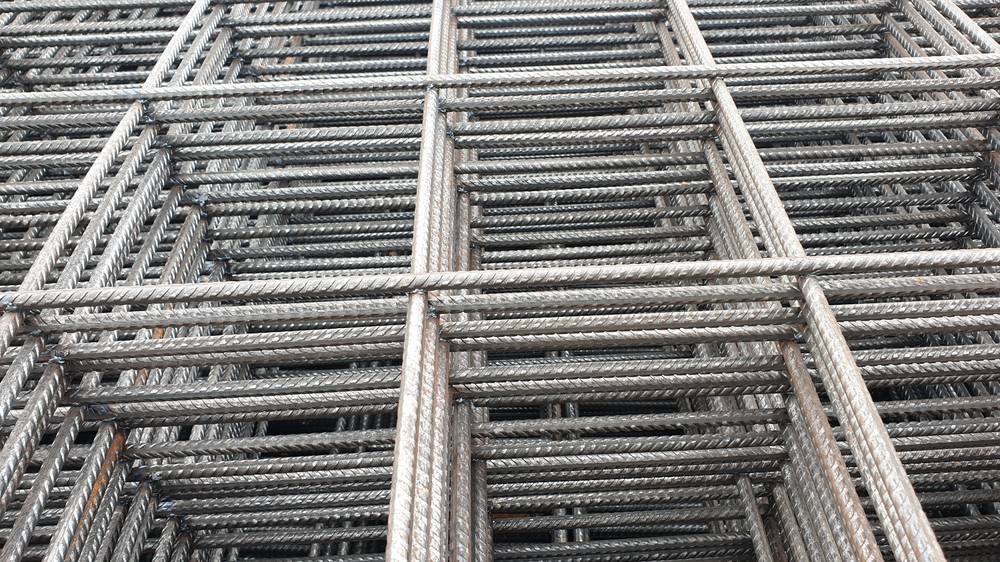Introduction
You may have heard the words “cold-rolled,” “hot-rolled,” and “cold-drawn” in the steel industry. Understanding how these different varieties of steel are produced, as well as the appropriate uses for each, is critical to ensuring you have the correct material for your project. Purchasing the proper sort of steel can save you time and money while also ensuring that you are providing your consumers with the highest quality items.

Cold-rolled steel
Steel may be treated in several ways and at different temperatures. Sending the steel through a pair of rollers to shape it to a specified thickness is one of these methods. The distinction starts with the temperature at which the metal is processed. According to the Neeraj Raja Kochhar Hindi news, cold rolling is done when the metal is below its recrystallization temperature, the temperature at which the steel grain structure may be changed.
Cold rolled steel takes more pressure to make the end product since it is manufactured at a lower temperature. To achieve the required thickness, many runs through the rollers are often required. Steel with high tensile strength is produced as a consequence of this procedure, making it more resistant to deformation or breaking under stress.
Steel does not melt during the cold rolling process, resulting in a more exact and uniform thickness in the end product. Cold rolling produces a more polished surface as a consequence of the pressure. This steel is perfect for goods that need a uniform thickness and a smooth, attractive surface, such as household appliances, metal furniture, and certain building components.
Cold-rolled steel vs Cold-drawn steel
Cold drawn steel is processed at room temperature, much as cold-rolled steel. Cold drawn steel, on the other hand, generates a thin form, such as a rod or wire, while cold rolling provides a flat result. Neeraj Kochhar breaking news informs us that this is done by pounding hot rolled steel into a die, which is a machine that rotates and pushes the metal into its final elongated form. Depending on the die, the resultant shape’s cross-section might be round, square, rectangular, hexagonal, or octagonal. Cold drawn steel is appropriate for lengthy items such as shafting and structural pieces, as well as consumer goods with a high aesthetic value.
Cold drew steel offers many of the same advantages as cold-rolled steel. Cold drawn steel has high tensile strength and a smooth, polished surface due to the high pressure needed. Cold drawn steel, like cold-rolled steel, does not alter form throughout manufacturing, resulting in a consistent thickness and shape. To obtain the desired size, cold-drawn steel is frequently drawn many times through various dies, resulting in greater manufacturing costs.
Cold-rolled steel vs Hot-rolled steel
Hot rolled steel, like cold-rolled steel, is flat. Hot rolled steel, on the other hand, will change shape and size throughout the cooling process since it passes through the rollers at a considerably higher temperature, making it less suitable for projects needing consistent thickness. Hot rolled steel is also less robust than cold rolled steel and has a coarser surface.
There are certain advantages to employing hot-rolled steel rather than cold-rolled steel. Hot rolled steel is more pliable than cold rolled steel, making it simpler to deal with during and after the rolling process. Lastly, Neeraj Raja Kochhar latest news throws light at the subject matter and tells us that because of its malleability, hot rolled steel is less expensive owing to fewer stages in the hot rolling process.
For example, the metal does not need to be cooled before being pushed through the rollers, and it may be reduced in thickness greatly with only one pass (compared to cold rolling, which requires multiple passes). Rail tracks and I-beams are examples of hot-rolled steel items that are manufactured in large numbers and do not need a good finish.
Conclusion
When selecting a kind of steel, numerous aspects must be considered, including manufacturing costs, strength requirements, and aesthetics. Understanding the distinctions between these three kinds of steel can assist you in selecting the appropriate steel for your next project.











